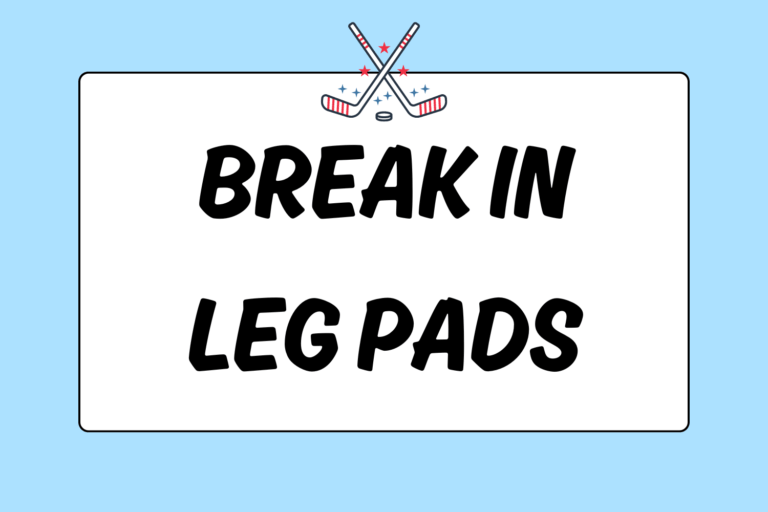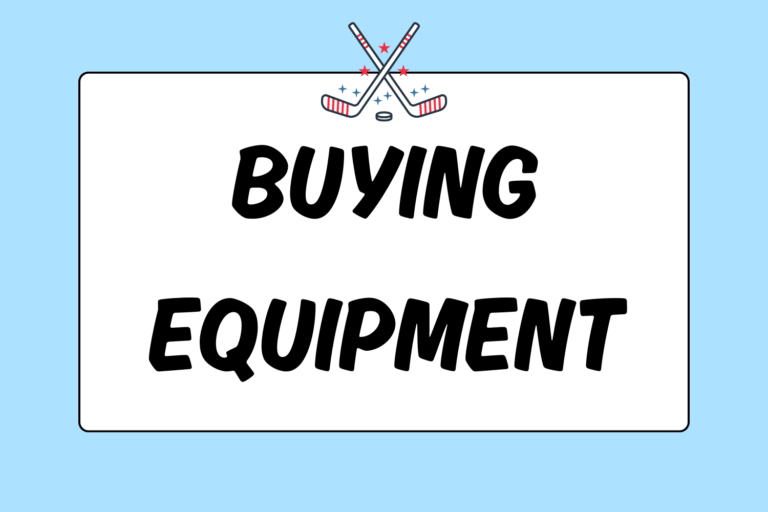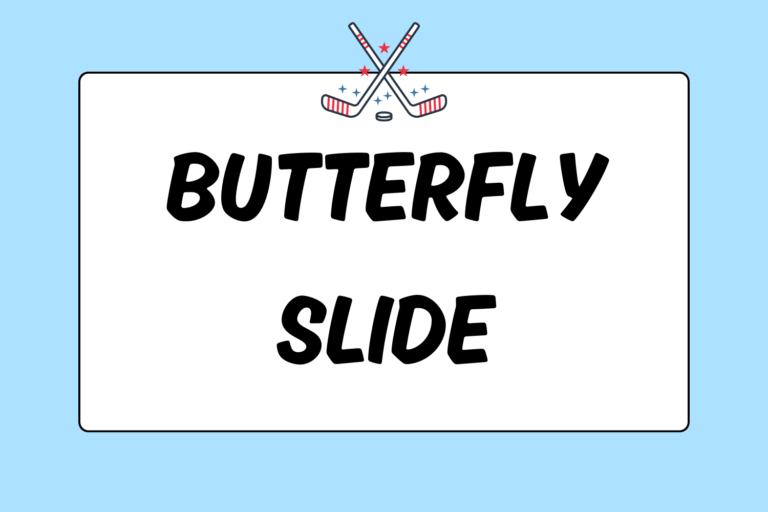Slap shots are the fastest shot in hockey by far. They utilize the flex of a player’s hockey stick as a spring, and launch the puck at blistering speeds. The downside to all this power is that they require a longer wind-up and release, and they’re not as accurate as wrist shots.
Defensemen at the point use slap shots more often than any other player, but they are valuable tool for every skater to learn and practice. This guide explains how to properly take a slap shot, and offers some tips on how to perfect your slap-shot technique.
Slap Shot Mechanics
Before you take a slap shot, you should know that different sticks have different “flex points.” The flex point is where the shaft of the stick most naturally bends. Your hand positioning on the shaft of the stick changes, depending on the location of your flex point. Keep this in mind, especially when switching sticks.
- Your hands should be about shoulder-width apart from each other on your stick. Your top hand should be firmly around the butt end. Hand positioning for a slap shot is generally slightly wider than normal.
- Your feet should be slightly wider than shoulder-width apart, and facing forward. As you get better, you will be able to take slap shots from different positions, but this is a good starting point.
- Start in a stationary position with the puck just in front of your front foot.
- Pull your stick back, and raise it off the ice above your waist. Eventually, you will raise your stick above shoulder height to add power, but just above waist should suffice for beginners.
- Shift your weight to your back leg, and swing your stick in a downward motion toward the puck.
- Aim your stick blade for the area of the ice just an inch or two before the puck. This is the secret of the slap shot: Strike the area of the ice just before the puck. Doing so bends your stick when it hits the puck, making it recoil like a spring.
- Transfer your weight onto your stick as it hits the ice by “leaning” your weight toward your lower hand. This weight is what coils the spring of your stick.
- Strike the puck with the middle of the blade. Turn your wrists upward as your stick moves toward the target.
- As you follow through, point your stick at your target. Finish with your weight on your front leg.
When to Take a Slap Shot
Take a slap shot any time you think you can wind up and get a good one off. They’re very effective when shooting into traffic or through a screen. If your team is set up in the offensive zone, and the defense isn’t giving you any good looks, a slap shot can open up some goal-scoring possibilities. Slap shots often deflect and create dangerous rebounds.
Positives
Slap shots are hard and fast. They will ricochet off anything in their path (sticks, skates, players, etc) while maintaining a trajectory toward the goal. This makes the goalie’s job almost impossible.
Negatives
Slap shots aren’t as accurate as wrist shots, or as sneaky as snap shots and backhand shots. The wind-up of a slap shot is pronounced enough that everyone on the ice knows it’s coming.
Tips for Practicing Slap Shots
Slap shots are difficult to practice. When you’re first learning the technique, slap shots can be frustrating and even embarrassing. Before you try shooting at a goalie — or even an empty net — try lining up against the sideboards with a bunch of pucks. Put it tons of repetitions, focusing on getting the proper technique down. Use any ice time you can.
Learning how to take a slap shot is an individual endeavor, so practice on your own time if possible. Show up early to practice and stay late. Put in tons of reps until you get a feel for the shot.
Let ‘Em Rip
Slap shots are without a doubt one of the most iconic moves in hockey. Those who have mastered the shot can routinely fire pucks over 100 mph. Even if a slap shot doesn’t make it in the net, it will often leave your teammates with juicy rebound opportunities. So what are you waiting for? Go practice your cannon of a slap shot and light up the lamp!





